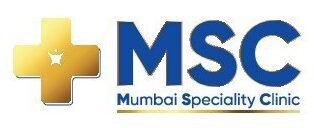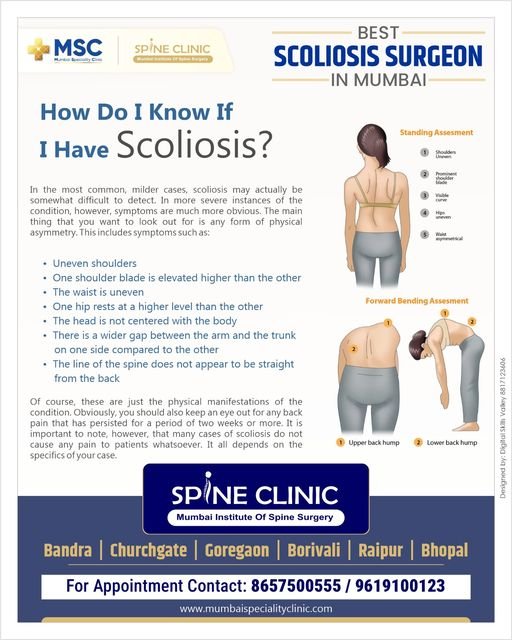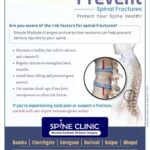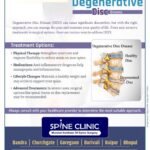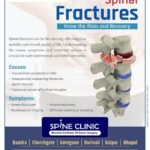Scoliosis is a condition characterized by an abnormal lateral curvature of the spine. It often develops during the growth spurt just before puberty. While it can affect individuals of all ages, the most common onset is in adolescence. Recognizing the signs and symptoms of scoliosis early on is crucial for effective management and treatment. This blog will guide you through how to identify scoliosis, the implications of the condition, and the available treatment options.
What is Scoliosis?
Scoliosis is a condition where the spine curves sideways in an “S” or “C” shape. The severity of the curve can vary from mild to severe. In many cases, the cause of scoliosis is unknown (idiopathic scoliosis), but it can also result from congenital spinal deformities, neuromuscular conditions, or other underlying medical issues.
How to Identify Scoliosis
Early detection of scoliosis is essential for successful treatment. Here are some signs and symptoms to look out for:
Uneven Shoulders:
- One shoulder may appear higher than the other.
Elevated Shoulder Blade:
- One shoulder blade may be more prominent or elevated compared to the other.
Uneven Waist:
- The waistline might appear uneven or one side of the waist may be higher than the other.
Uneven Hips:
- One hip might be higher than the other, leading to an imbalanced stance.
Rib Prominence:
- When bending forward, one side of the rib cage may appear more prominent due to the spinal curve.
Head Alignment:
- The head may not be centered directly above the pelvis, indicating a lateral curve.
Gap Between Arms and Body:
- When standing straight, there might be a noticeable difference in the gap between the arms and the body on each side.
Spinal Line:
- The spine does not appear to run straight down the back.
Assessment Methods
Two common methods for assessing scoliosis include:
Standing Assessment:
- Observing the person from behind while they stand can reveal any asymmetry in the shoulders, waist, or hips.
Forward Bending Assessment:
- Having the person bend forward at the waist can highlight rib prominence and curvature. This test is often used in school screenings and physical exams.
When to See a Doctor
If you or someone you know exhibits signs of scoliosis, it is important to consult a healthcare professional for an accurate diagnosis. Persistent back pain lasting more than two weeks, noticeable physical asymmetry, or any concerns about spinal health warrant a professional evaluation.
Diagnosing Scoliosis
A doctor will typically perform a physical examination and may use imaging tests to diagnose scoliosis. These can include:
- X-rays: To determine the degree of spinal curvature.
- MRI or CT scans: To get detailed images of the spine and identify any underlying conditions.
- Scoliometer: A device used to measure the angle of trunk rotation.
Treatment Options
The treatment for scoliosis depends on the severity of the curvature, the age of the patient, and the potential for progression. Here are some common treatment approaches:
Observation:
- For mild cases, regular monitoring is often recommended to ensure the curvature does not worsen. This is especially common in growing children.
Bracing:
- Braces are used to prevent further curvature in growing children and adolescents. They are most effective when the curve is moderate and the child is still growing.
Physical Therapy:
- Exercises and stretches can help improve posture, strengthen the muscles supporting the spine, and increase flexibility.
Surgical Intervention:
- Surgery is considered for severe cases where the curvature is progressive or causing significant discomfort. Spinal fusion is a common surgical procedure for scoliosis.
Living with Scoliosis
With appropriate treatment and management, individuals with scoliosis can lead active and healthy lives. Here are some tips for living with scoliosis:
- Regular Check-ups: Keep up with scheduled visits to monitor the condition.
- Stay Active: Engage in low-impact exercises that strengthen the back and core muscles.
- Practice Good Posture: Maintain proper posture to reduce strain on the spine.
- Supportive Equipment: Use ergonomic furniture and supportive bedding to enhance comfort.
Seeking Professional Help
If you suspect scoliosis or need a specialized evaluation, the Spine Clinic in Mumbai offers expert care and comprehensive treatment plans tailored to individual needs. With locations in Bandra, Churchgate, Goregaon, Borivali, Raipur, and Bhopal, the Spine Clinic is accessible and equipped to provide top-notch care for spine-related issues.
Contact Information
For appointments and consultations, you can reach out to the Spine Clinic at:
- Phone: 8657500555 / 9619010123
- Website: Mumbai Spine Clinic
Conclusion
Scoliosis is a condition that can affect anyone, but with early detection and proper management, individuals can maintain a high quality of life. Understanding the signs and symptoms, seeking timely medical advice, and adhering to treatment plans are key steps in managing scoliosis effectively. The Spine Clinic in Mumbai stands as a reliable resource for those seeking specialized care, ensuring that every patient receives the best possible treatment for their spine health.










